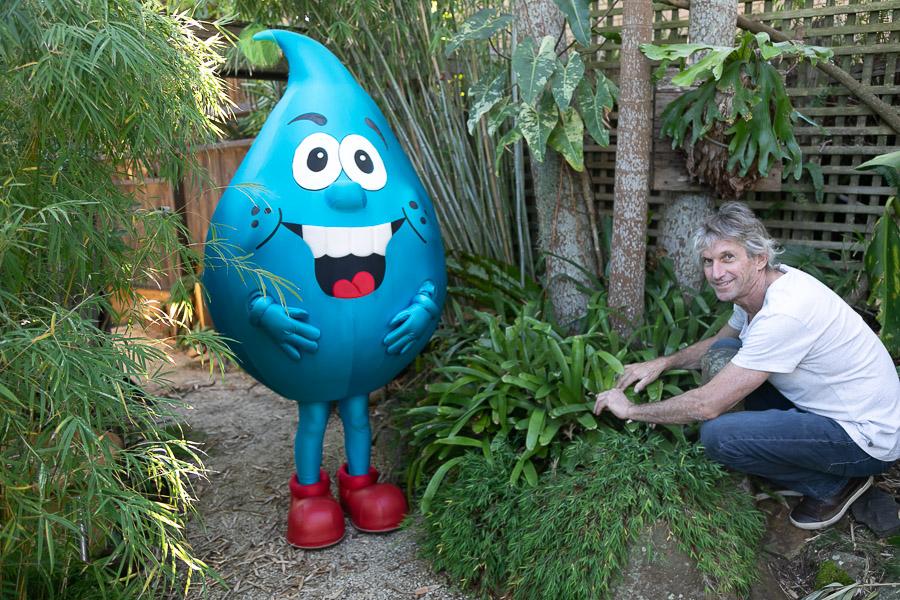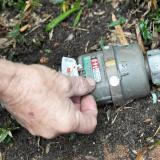
Even though the Central Coast is experiencing drought conditions and water restrictions are imminent, it is still possible to have a thriving garden with colour and interest all year round.
By choosing the right sort of plants and knowing how to look after them, you can create a beautiful and drought-tolerant garden you’ll be proud of. Here are five quick and simple tips to help get you on the right track!
1. Choose the right plants
There are literally dozens of plants you can choose from that not only suit the Central Coast’s moist temperate climate conditions but also require minimal to moderate water.
The native Coast Rosemary is a hardy and drought-resistant flowering shrub that grows well in sandy soil and has lovely white flowers. Succulents that store water in their thick, fleshy leaves are also popular with many gardeners as they are low-maintenance and come in a wide variety of interesting colours, shapes and sizes.
Looking for other suitable waterwise plants for your Central Coast garden? Use this handy plant finder for more great ideas!
2. Use mulch and compost
Did you know that mulching can reduce evaporation from your soil by up to 70%? By protecting your soil from drying out, your garden will need to be watered less frequently. Mulching is also a great way to supress weeds and improve the structure of your soil.
Mulch comes in many different forms including pinebark, pebbles, wood chips, sawdust, pea straw and cow manure. Whatever kind you decide to use, just remember not to spread it too thickly and leave space around your plant stems to avoid the possibility of rot. Using compost in your garden beds will also help to add nutritious water-holding matter to the soil.
3. Mix water absorbing granules into your soil or potting mix
Water absorbing granules or crystals (available at all good gardening stores) help to reduce the risk of plants drying out and allow longer spells between watering. They absorb water then release it back to your plants when they require it.
4. Group similar plants together
When planting new garden beds, try to group plants with similar needs together so they all get the right amount of water. Examples of high water-use plants includes most vegetables, fruit trees and shrubs like azaleas and camellias. Where possible, use rainwater or greywater for these kinds of plants.
5. Water less frequently and at the right time of day
Watering the garden is one of the most water-hungry activities. With your existing plants, try watering less frequently and then not at all. Less frequent deep watering assists deep-rooted plants to be equipped to withstand hot, dry days.
The best time of day to water your garden is in the early morning rather than during the heat of the day when evaporation will waste most of the water you have applied.



